| Type | Description | Contributor | Date |
|---|---|---|---|
| Post created | Pocketful Team | Jul-10-25 | |
| Content Update | Nisha | Nov-06-25 |
Read Next
- 7 Common Mistakes in Commodity Trading New Traders Must Avoid
- Brokerage Charges in India: Explained
- What is a BTST Trade?
- How to Do Algo Trading in India?
- What Is CMP in Stock Market?
- MTF Pledge vs Margin Pledge – Know the Differences
- Physical Settlement in Futures and Options
- List of Best Commodity ETFs in India
- Bullish Options Trading Strategies Explained for Beginners
- Best Brokers Offering Free Trading APIs in India
- Top Discount Brokers in India
- Best Charting Software for Trading in India
- Benefits of Intraday Trading
- What are Exchange Traded Derivatives?
- What is Margin Shortfall?
- What is Central Pivot Range (CPR) In Trading?
- Benefits of Algo Trading in India
- Algo Trading Myths Debunked | Truth About Automated Trading
- How to Start Algorithmic Trading?
- What Is High-Frequency Trading (HFT)?
10 Best Traders in The World – All Time
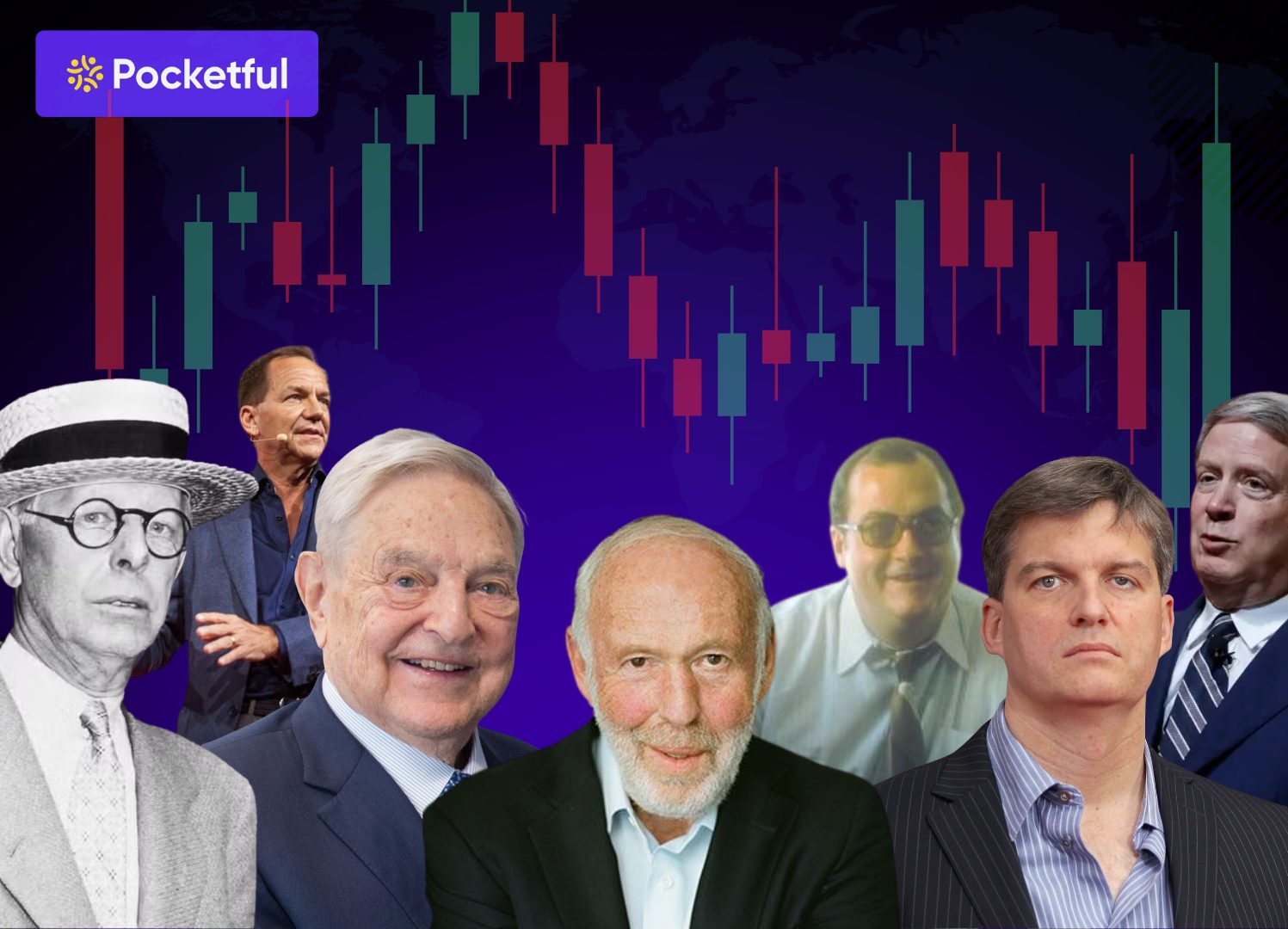
Everyone wants to make profits in the stock market, but only those who know how to make the right decisions at the right time consistently become the best traders in the world. Success in trading does not depend only on statistics or luck, but on experience, discipline and understanding.
In this blog, we are going to tell you about the world’s best traders, how they created history and why they are still considered top traders in the world. If you also wonder who is the best trader in the world, then this blog is for you.
⭐ Quick Answer: Who Is the Best Trader in the World?
There is no single “No. 1 trader” globally, but Jesse Livermore, George Soros, Jim Simons, and Paul Tudor Jones are widely considered among the greatest because of their historic trades, exceptional returns, and long-term influence on global markets.
Top 10 Best Traders in The World
Every trader dreams of being successful in the stock market, but in history there have been only a few people who have influenced the market with their thinking, strategy and decisions. Below we will talk about those legends, who are still considered the best traders in the world and from their trading journey, we can learn something or the other.
| Trader Name | Country | Era/Active Years | Type of Trading | Famous Trade / Achievement |
|---|---|---|---|---|
| Jesse Livermore | USA | 1900–1940 | Stock Trading | Shorted the 1929 market crash and made millions |
| George Soros | Hungary/UK | 1960–2000s | Currency, Macro Trading | “Broke the Bank of England” by shorting the pound in 1992 |
| Paul Tudor Jones | USA | 1976-present (potentially active) | Futures, Macro | Predicted and profited from the 1987 stock market crash |
| Jim Simons | USA | 1938-2024 | Quantitative Trading | Founded Renaissance Technologies, one of the most successful quant funds |
| Richard Dennis | USA | 1970 – 1988 | Commodity, Macro | Turned $1,600 into $200 million; created the famous “Turtle Traders” |
| Nicolas Darvas | USA | 1957–1959 | Stock Trading | Developed the “Darvas Box Theory”; made $2 million using it |
| John Paulson | USA | Around 1994 – 2019 | Hedge Funds | Made ~$4 billion betting against subprime mortgages in 2008 |
| Stanley Druckenmiller | USA | 1980s–2010s | Macro / Long-Short Equity | Worked with Soros on the 1992 pound trade; consistent double-digit returns |
| Ed Seykota | USA | 1970s – Present | Algorithmic / Trend Following | Pioneer in computerized trading systems |
| Michael Burry | USA | 2000 – Present (Possibly Active) | Deep Value Trading | Predicted and profited from the 2008 housing market crash |
Read Also: Top 10 Best Traders in India – Learn from the Legends
An overview of the trading journey of these traders has been given below:
1. Jesse Livermore
| Detail | Information |
|---|---|
| Name | Jesse Lauriston Livermore |
| Born | July 26, 1877 – Shrewsbury, Massachusetts, USA |
| Known For | Earned massive profit ( $100 million) during the 1929 crash |
| Peak Net Worth | Approximately $100 million (in 1929) |
Jesse Livermore is often called “The Great Bear of Wall Street.” He began his trading career as a bookkeeper at age 14, and soon began trading in bucket shops (informal stock betting shops). He became so skilled that he had to enter the real New York stock market because most bucket shops banned him.
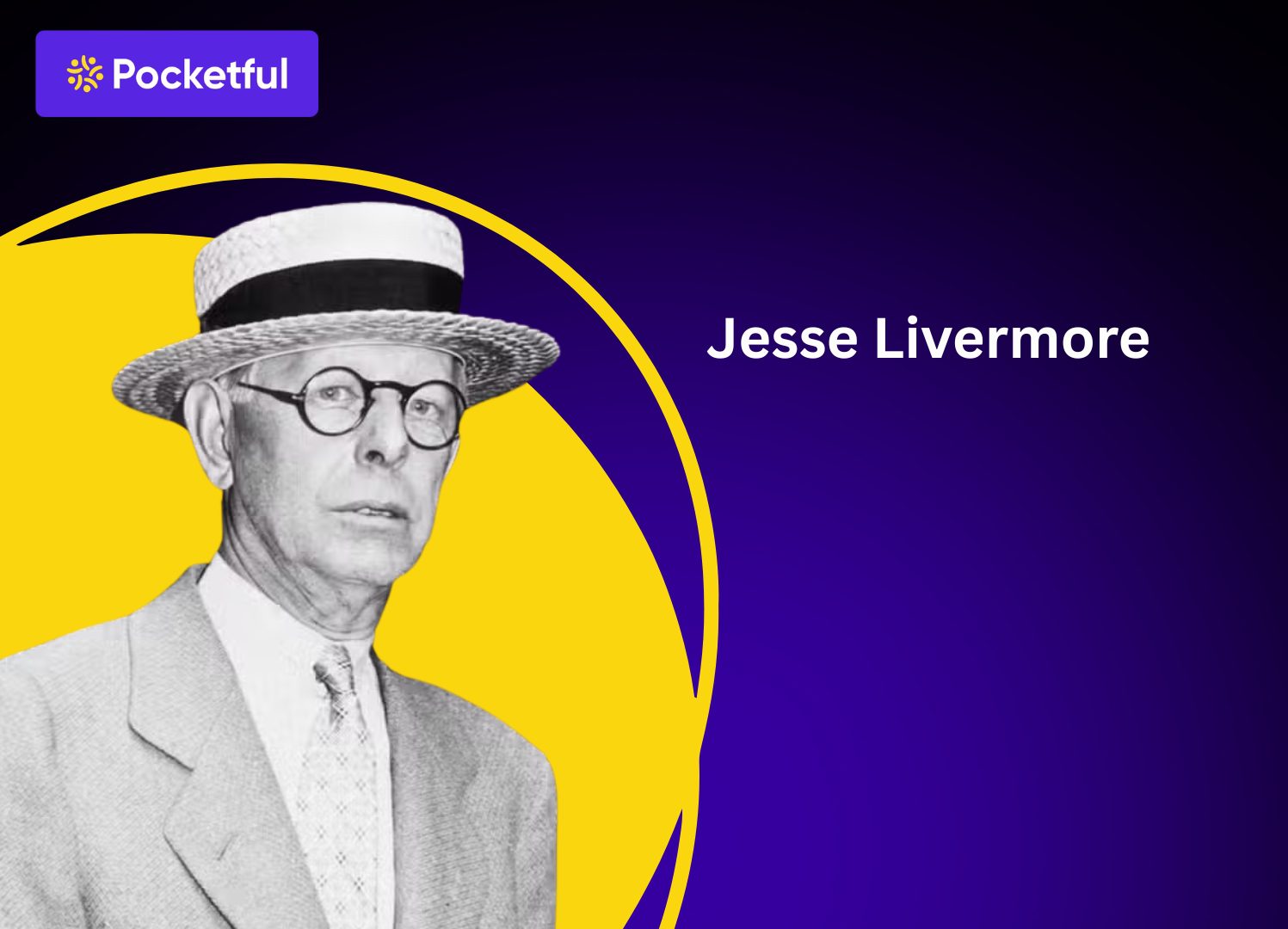
He made and lost money at times, but his strategies during the Great Depression of 1907 and especially 1929 made him a major name in trading history. In the 1929 market crash, he shorted the market and profited over $100 million, equivalent to billions of dollars today.
His trading success was based on trading psychology, trend analysis, and risk control. Although his personal life was tumultuous and he committed suicide in 1940, lessons learned from his trading career are still taught today.
2. George Soros
| Detail | Information |
|---|---|
| Name | George Soros |
| Born | August 12, 1930 – Budapest, Hungary |
| Known For | Known as “The Man Who Broke the Bank of England” in 1992 |
| Peak Net Worth | Estimated over $8.6 billion (as of 2024) |
George Soros is considered one of the world’s most influential traders. He began his trading career in the 1950s and gradually rose as a fund manager and then a legendary investor. In 1992, he took a large short position against the British pound and made a profit of almost $1 billion; this is why he is called “The Man Who Broke the Bank of England”.
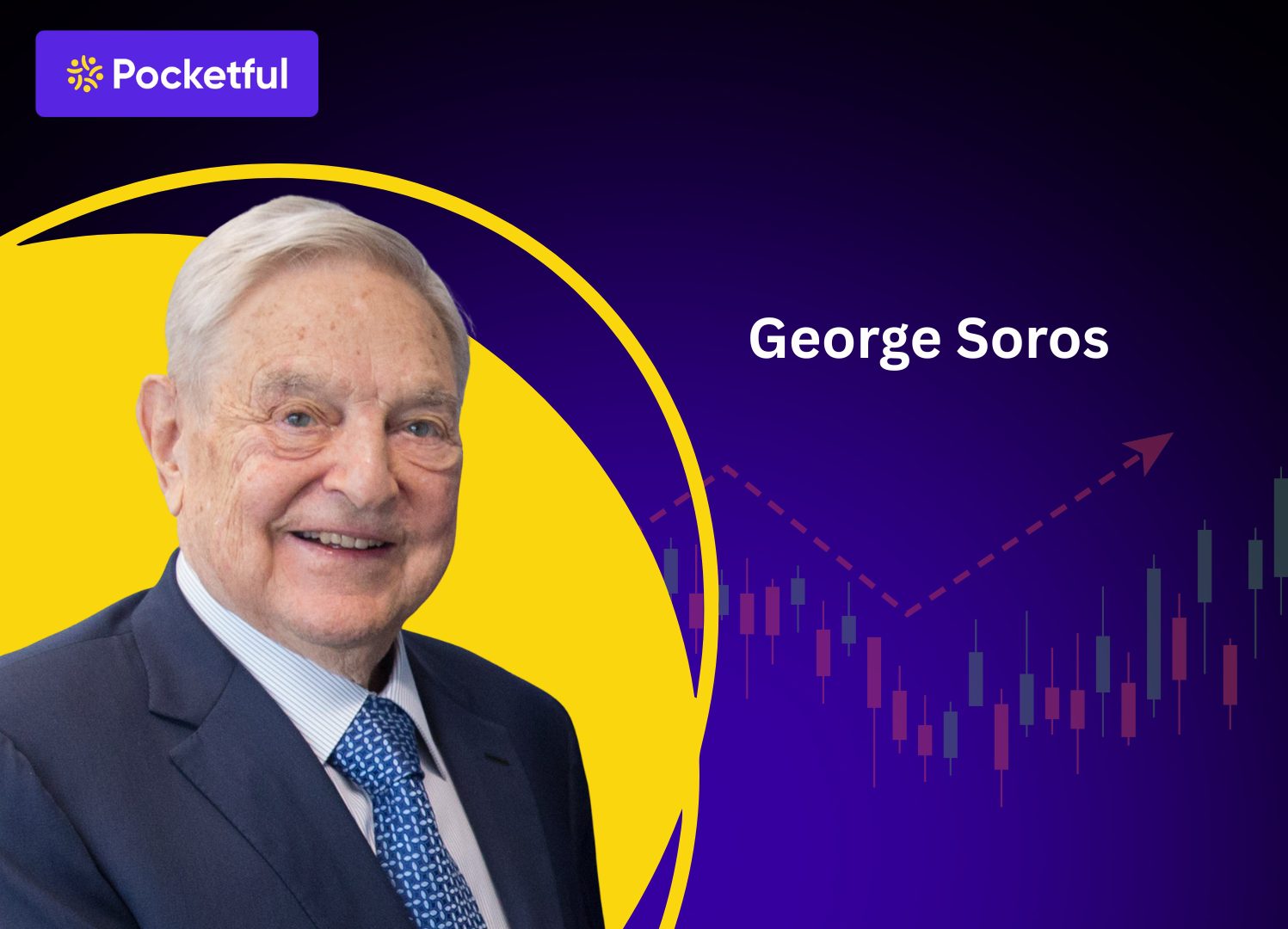
Soros’ trading was characterized by macro-level strategy, that is, he traded by analyzing global economic and political trends. He founded the Quantum Fund, which gave unprecedented returns for many years. His book The Alchemy of Finance is still read by traders and investors today.
Although Soros is not involved in active trading these days, his thinking, his strategies and his influence are still seen in the market. He has not only been a successful trader, but also funds many social and human rights projects around the world, which makes him more than just an investor.
3. Paul Tudor Jones
| Detail | Information |
|---|---|
| Name | Paul Tudor Jones |
| Born | September 28, 1954 Memphis, Tennessee, USA |
| Known For | Predicted and profited from the 1987 stock market crash |
| Peak Net Worth | Over $7.5 billion (as per recent estimates) |
Paul Tudor Jones is one of the few traders in the world who not only predicted the historic stock market crash of 1987 but also made profits worth millions of dollars from it. He is a highly disciplined and technical-analysis based trader who believes in patterns and risk control more than emotions.
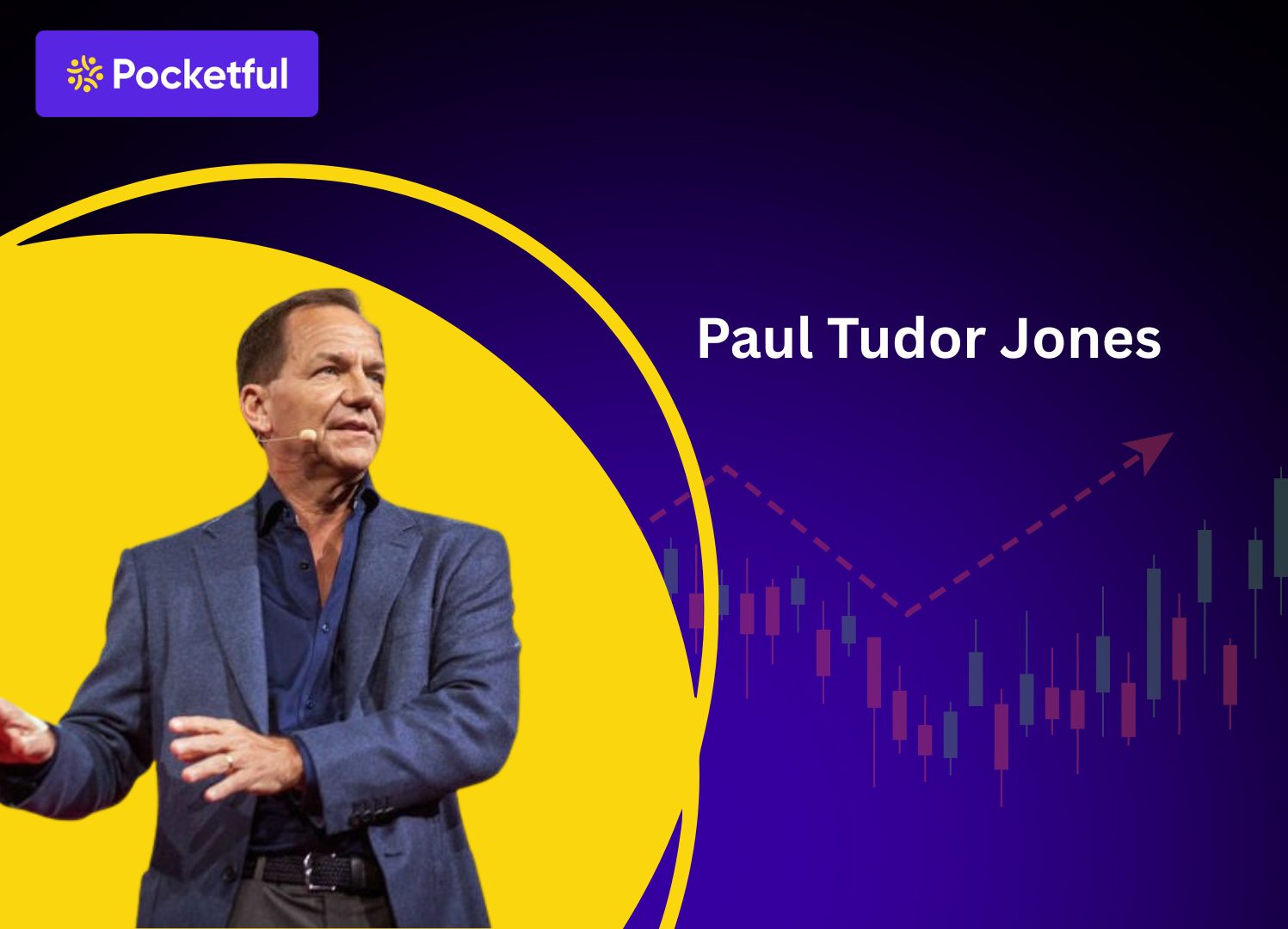
His greatest strength is a deep understanding of market psychology and taking bold decisions at the right time. He started Tudor Investment Corporation in 1980, which is still a strong name in the hedge fund industry.
Paul’s trading mantra has been – “Protect capital first, profit comes second.” His risk management strategies and short-term trading style have earned him a place in the list of top traders in the world.
Even though he trades less today, his influence remains in hedge funds, trading education and philanthropy. He is known for teaching market discipline and long-term consistency to new traders.
4. Jim Simons
| Detail | Information |
|---|---|
| Name | Jim Simons |
| Born | April 25, 1938 Newton, Massachusetts, USA |
| Known For | Founder of Renaissance Technologies; pioneer of quantitative trading |
| Peak Net Worth | Approx. $30 billion (Forbes, latest estimates) |
Jim Simons is often called the “quant king” because he demonstrated the power of mathematics and algorithms in trading. He was a professor and cryptographer who later entered the stock market and founded Renaissance Technologies in 1982.
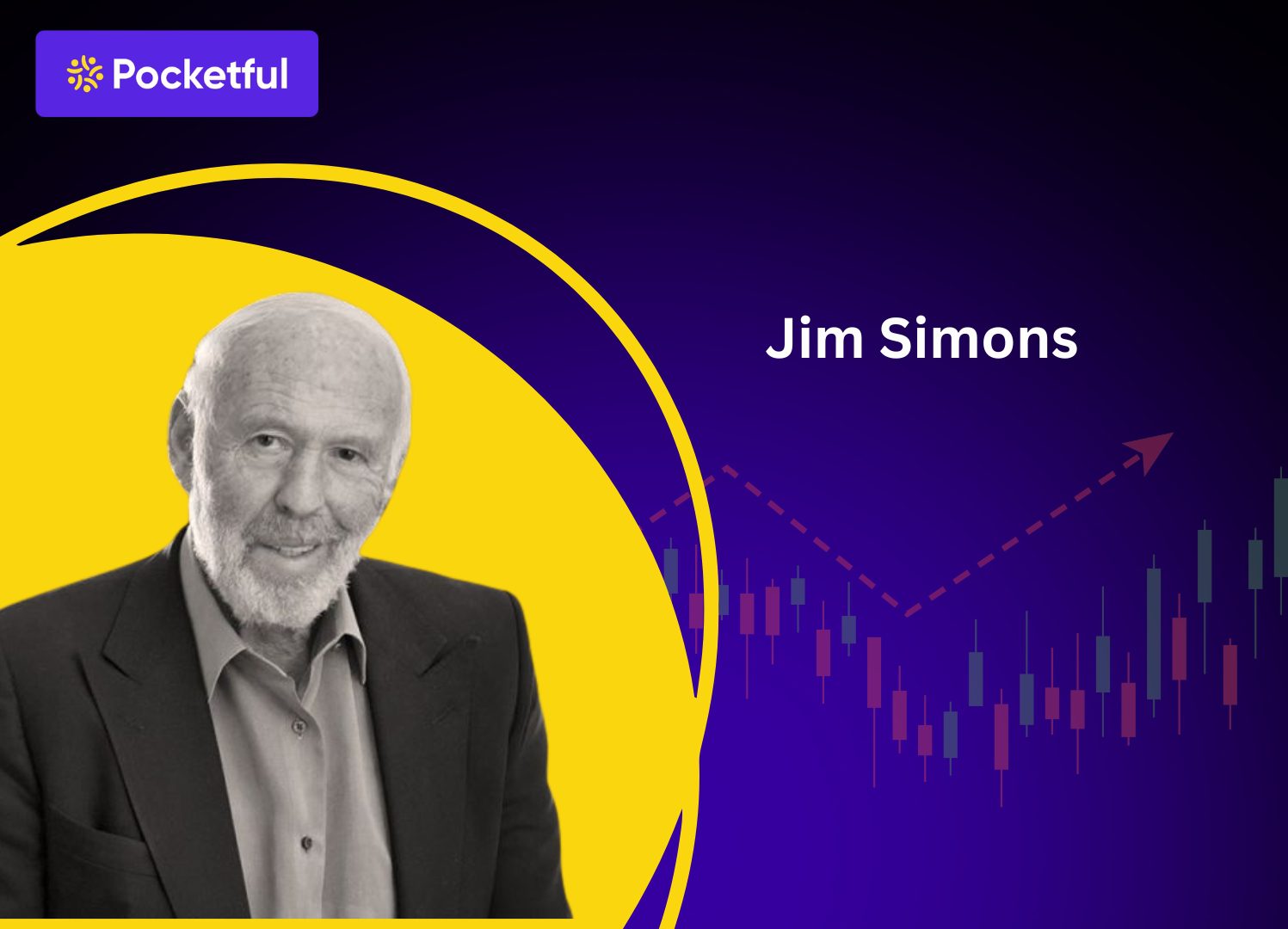
His hedge funds, especially Medallion Fund, remains an inspiration in the trading world because it delivered more than 60% on an average for years without much public exposure. Jim completely transformed the traditional trading approach. He relied on data, code and patterns instead of emotions, news or intuition. That’s why he is considered one of the world’s best traders even though he never called himself a trader, but a scientist.
5. Richard Dennis
| Detail | Information |
|---|---|
| Name | Richard Dennis |
| Born | January 1949 Chicago, USA |
| Known For | “Prince of the Pit”; Pioneer of trend-following strategies |
| Peak Net Worth | Estimated over $200 million at peak (early 1980s) |
Richard Dennis is known as the “Prince of the Pit” in the trading world. He started trading with just $1,600 and within a few years, he grew his trading to $200 million that too in the futures market alone. Dennis believed that trading can be learned, and with this thought in mind, he started the Turtle Trading Experiment in the 1980s.
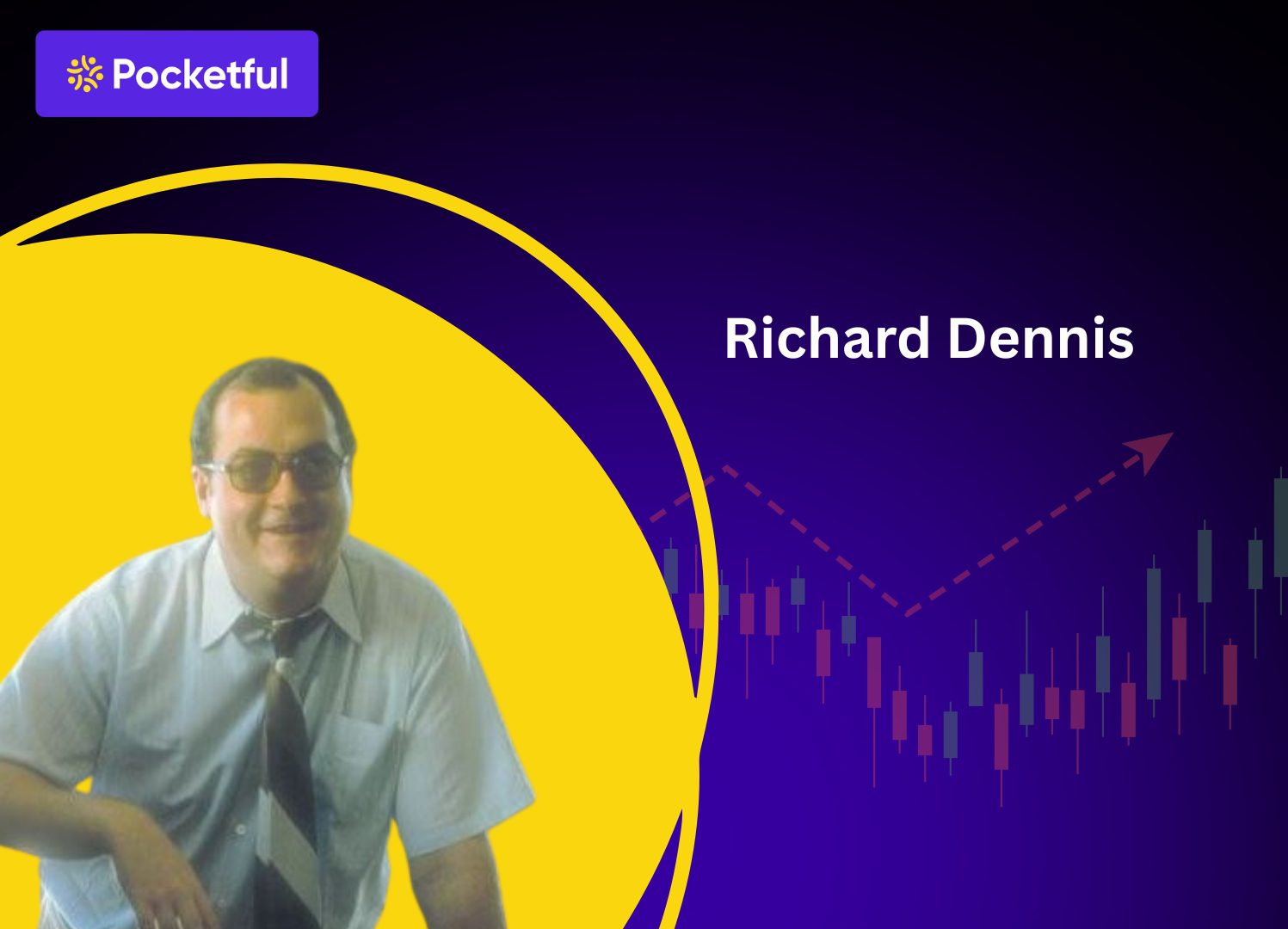
In this experiment, he selected some ordinary people and taught them the trend-following system and the results proved that with the right system and discipline, anyone can become a big trader. This is the reason why he is still considered one of the best traders in the world.
Richard Dennis’ trading philosophy was very simple: catch the trend and follow the rules. He adopted a strictly mechanical approach by minimizing human emotion.
Even today, Dennis’ strategies and Turtle Trading rules are considered a blueprint for new traders. He not only made money himself, but also gave birth to many more successful traders. This is what makes him a legendary trader.
6. Nicolas Darvas
| Detail | Information |
|---|---|
| Name | Nicolas Darvas |
| Born | 1920 Hungary |
| Known For | Inventor of the “Darvas Box Theory” in stock trading |
| Peak Net Worth | Turned $10,000 into over $2 million in ~18 months (1957–1959) |
Nicolas Darvas was a professional dancer who traveled the world performing on stage, but he earned millions of dollars in the stock market through his strategy and discipline. He adopted a self-taught investing approach and earned fame through his iconic strategy “Darvas Box Theory”.
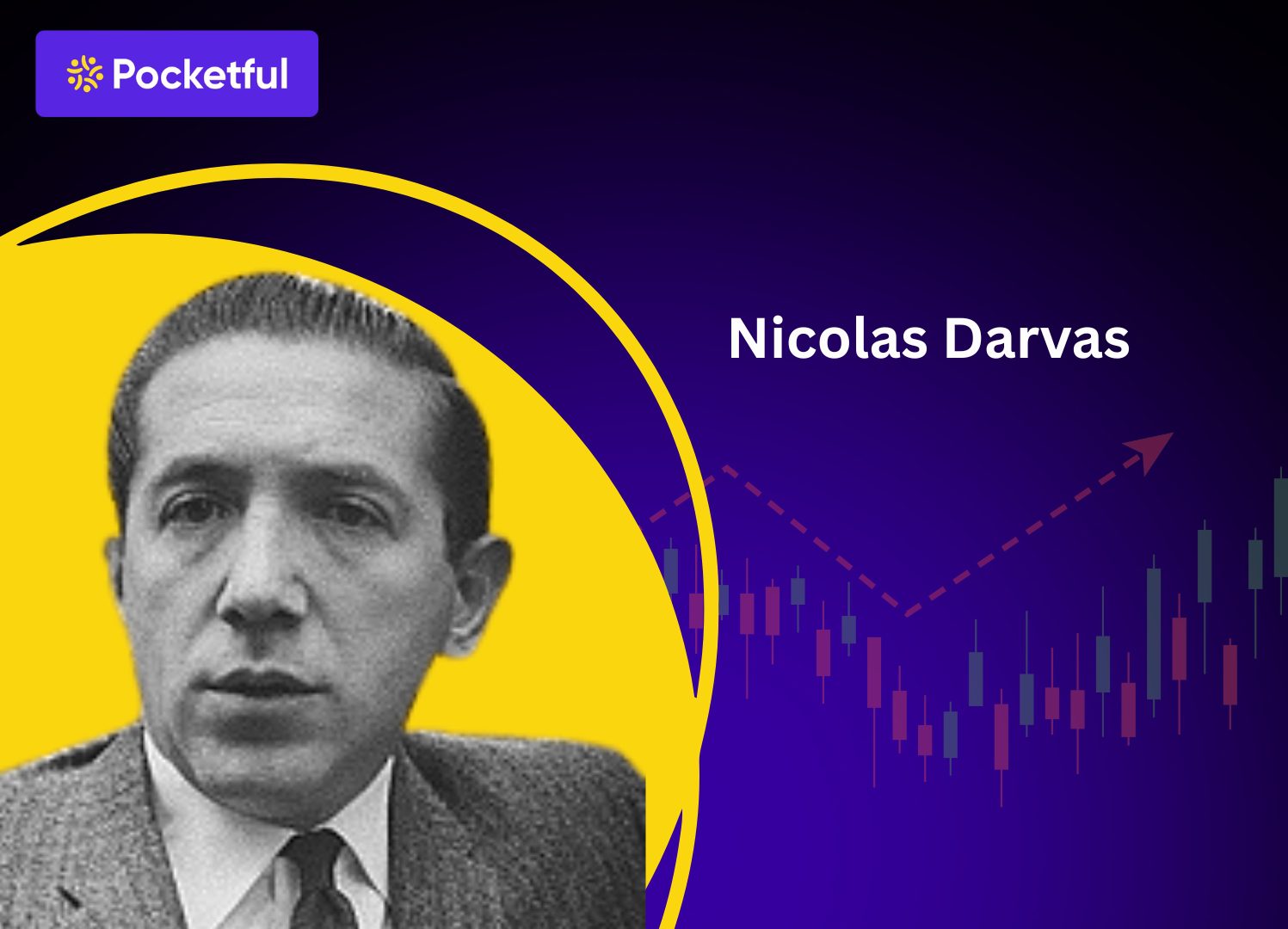
Darvas only invested in stocks that were hitting new highs and had strong volume support. He based his strategy on price and volume action, not news or analyst reports. He explained his entire journey in his famous book “How I Made $2,000,000 in the Stock Market”, which is still considered a classic for traders today.
What made him special was that he made smart investing decisions even when he was physically away from the market – he used to make decisions through telegrams and price charts. A disciplined approach and clear entry-exit rules were the soul of his trading style.
Nicolas Darvas is considered a trend-following legend and an early contributor to modern technical analysis.
7. John Paulson
| Detail | Information |
|---|---|
| Name | John Alfred Paulson |
| Born | December 14, 1955 Queens, New York, USA |
| Known For | Historic profit from 2008 subprime mortgage crisis |
| Peak Net Worth | Estimated over $4 billion (as of peak post-2008) |
John Paulson is listed as the world’s best trader because he made one of the biggest and most talked about trades in history during the 2008 global financial crisis. He anticipated the housing market crash and made a profit of nearly $4 billion by betting against subprime mortgage bonds.
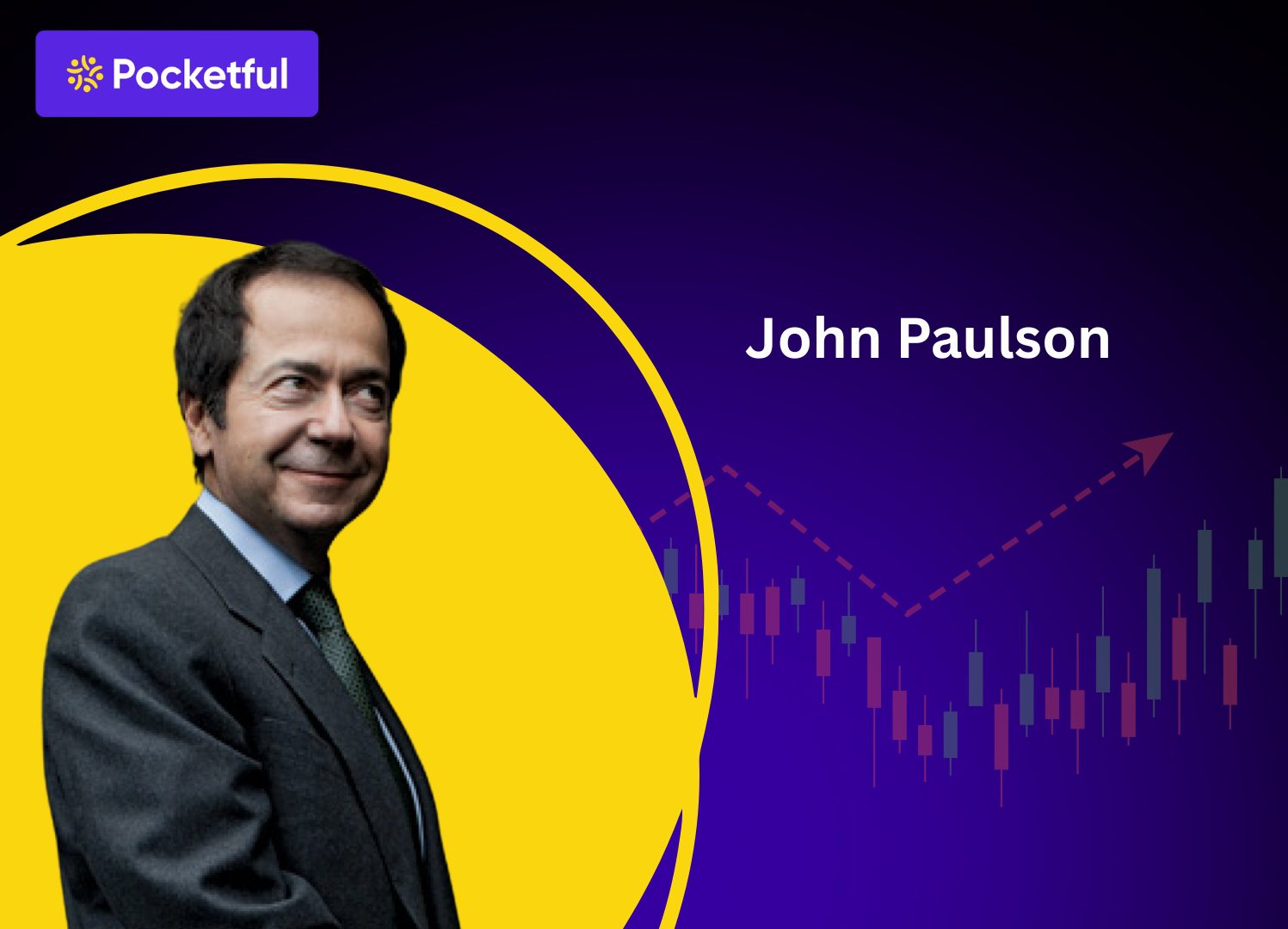
Paulson made this trade through his investment firm Paulson & Co., and the move is still known as “The Greatest Trade Ever.” This one trade made him an iconic figure in the world of trading and hedge funds. His strategy involved deep research, contrarian thinking and calculated risk taking. When everyone was bullish in the market, he identified a downturn that was his edge.
Although many of his trades in later years were not as successful, his 2008 trade remains a masterclass for investors today on how to understand macroeconomic trends and take advantage of them. John Paulson’s name still ranks among the top traders in the world, especially among those who want to understand big-picture thinking and bold decision-making.
8. Stanley Druckenmiller
| Detail | Information |
|---|---|
| Name | Stanley Druckenmiller |
| Born | 1953 – Pittsburgh, Pennsylvania, USA |
| Known For | Ex-Chief Strategist for George Soros’s Quantum Fund |
| Peak Net Worth | $6.4 Billion+ (as of 2025) |
Stanley Druckenmiller is one of the world’s most successful macro traders, who makes big trades by understanding the global economic trends. He started his career in 1977, but he got real recognition when he, along with George Soros, traded against the Bank of England in 1992 and earned a profit of more than $1 Billion. This trade cemented his legacy in global finance.
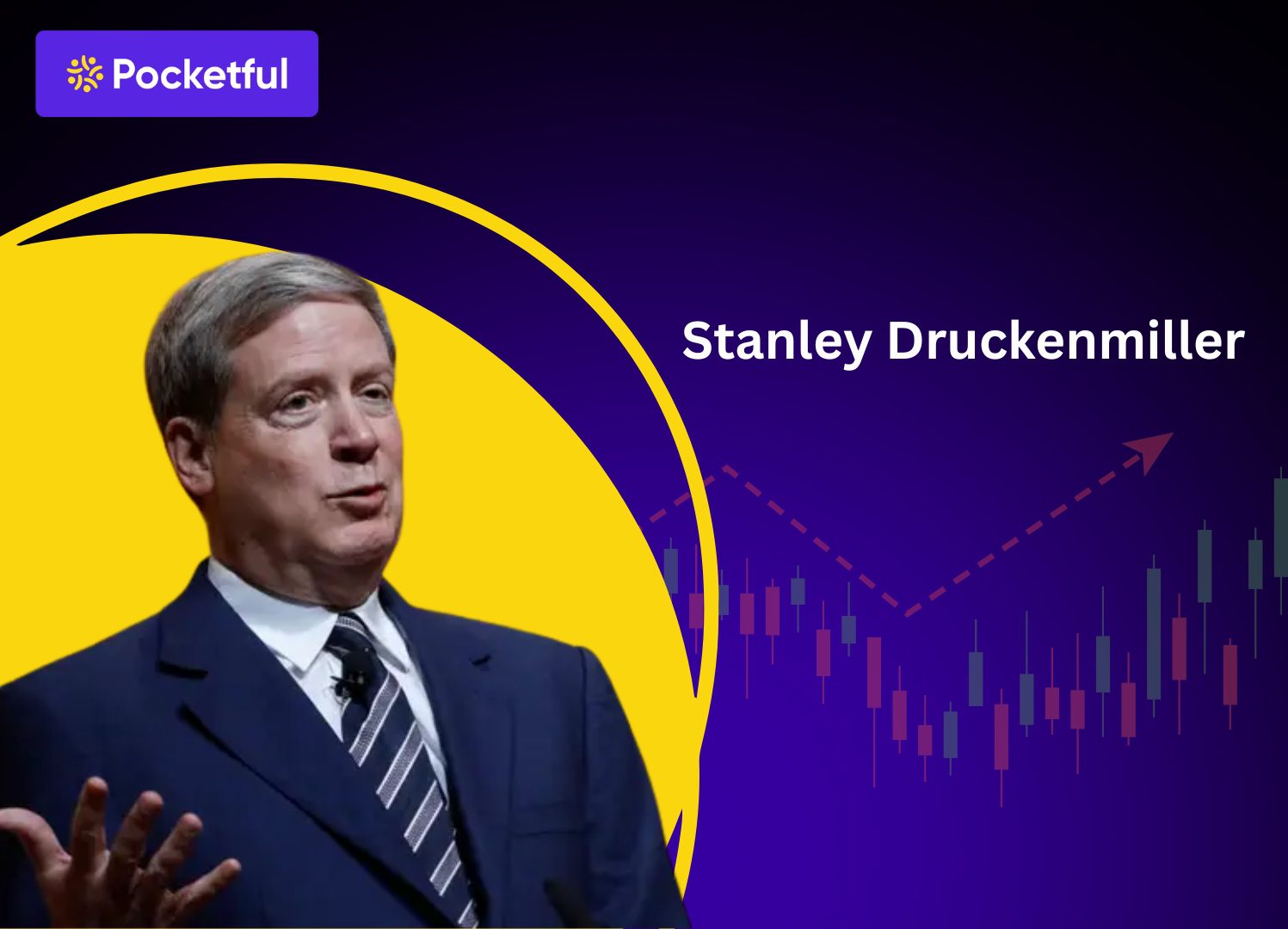
Stanley ran his own hedge fund company named Duquesne Capital, which he managed from 1981 to 2010 – and surprisingly, not a single year in his 29-year career went into loss. He is known for his deep research, discipline and instinctive decision-making. His trading philosophy is based on “Preserve capital and wait for the right moment”. That is, keep the capital safe and trade only when the conviction is highest.
9. Ed Seykota
| Detail | Information |
|---|---|
| Name | Ed Seykota |
| Born | 1946 – Netherlands (raised in the U.S.) |
| Known For | Pioneer of computerized trading systems |
| Peak Net Worth | Not publicly disclosed (multi-millionaire) |
Ed Seykota is known in the stock market world as a legendary trend-following trader who started using computerized trading systems in the 1970s when the concept was still new. He was one of the first people to try to track price trends using technical indicators and algorithms.
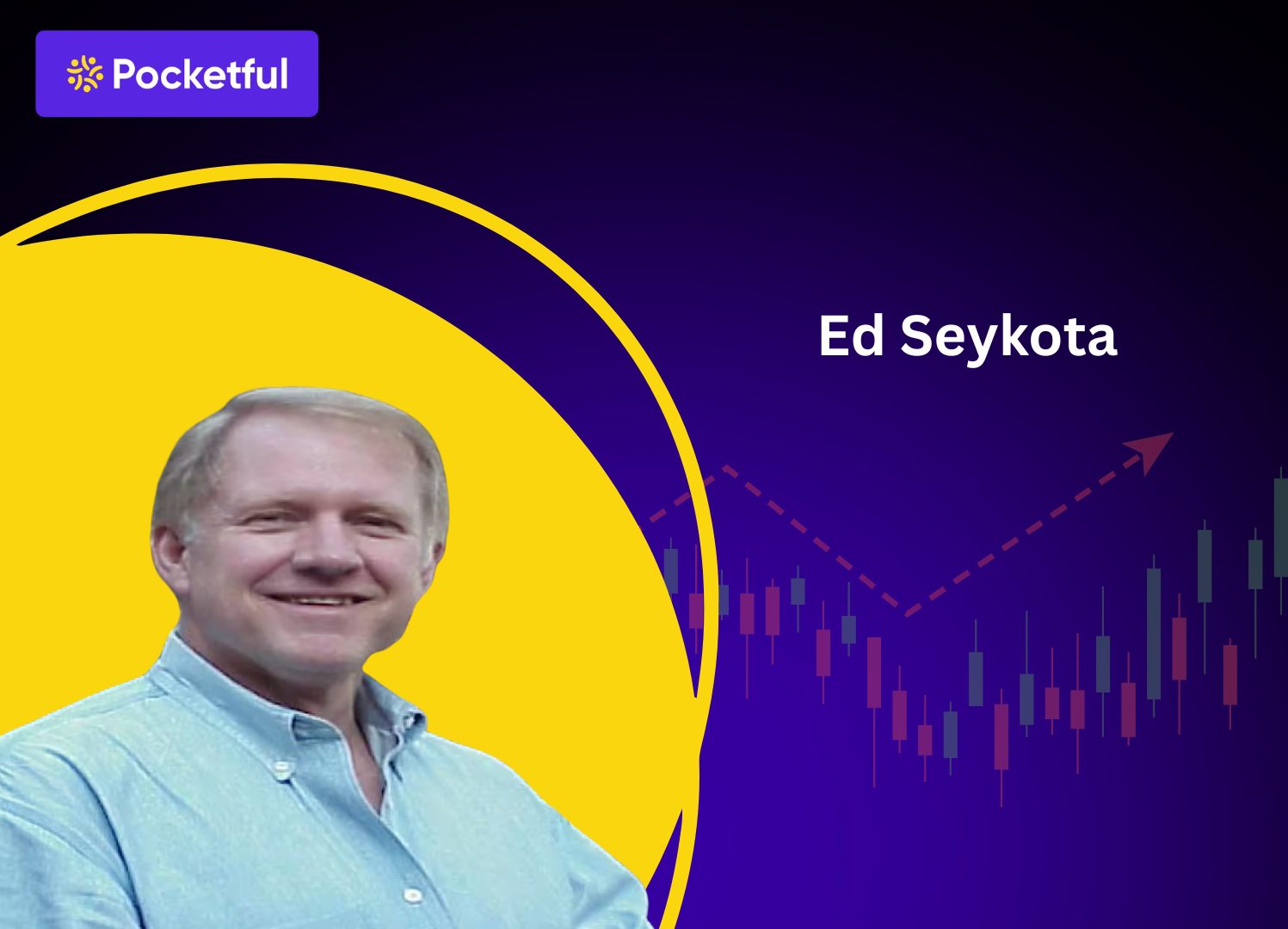
Ed began building his own trading systems on early IBM computers while working at a commodity brokerage firm. The result? He grew his client accounts from $5,000 to $15 million in a few years all with rules-based trading. His philosophy is based on a simple but powerful mantra:
“The trend is your friend until the end when it bends.” Ed Seykota is not just a trader, but also a philosopher of trading. He also laid great emphasis on trading psychology and explained that a trader’s success has less to do with his system and more with his mental discipline.
10. Michael Burry
| Detail | Information |
|---|---|
| Name | Dr. Michael Burry |
| Born | June 19, 1971 San Jose, California, USA |
| Known For | Predicted and profited from 2008 U.S. housing market crash |
| Peak Net Worth | $300 Million (as per latest available public sources) |
Michael Burry was among the first to identify the 2008 housing market crash and made huge profits by taking a short position against it. He is the founder of hedge fund Scion Capital and is known worldwide as an unconventional thinker. His story was shown in the popular 2015 film “The Big Short”, in which Christian Bale played his character.
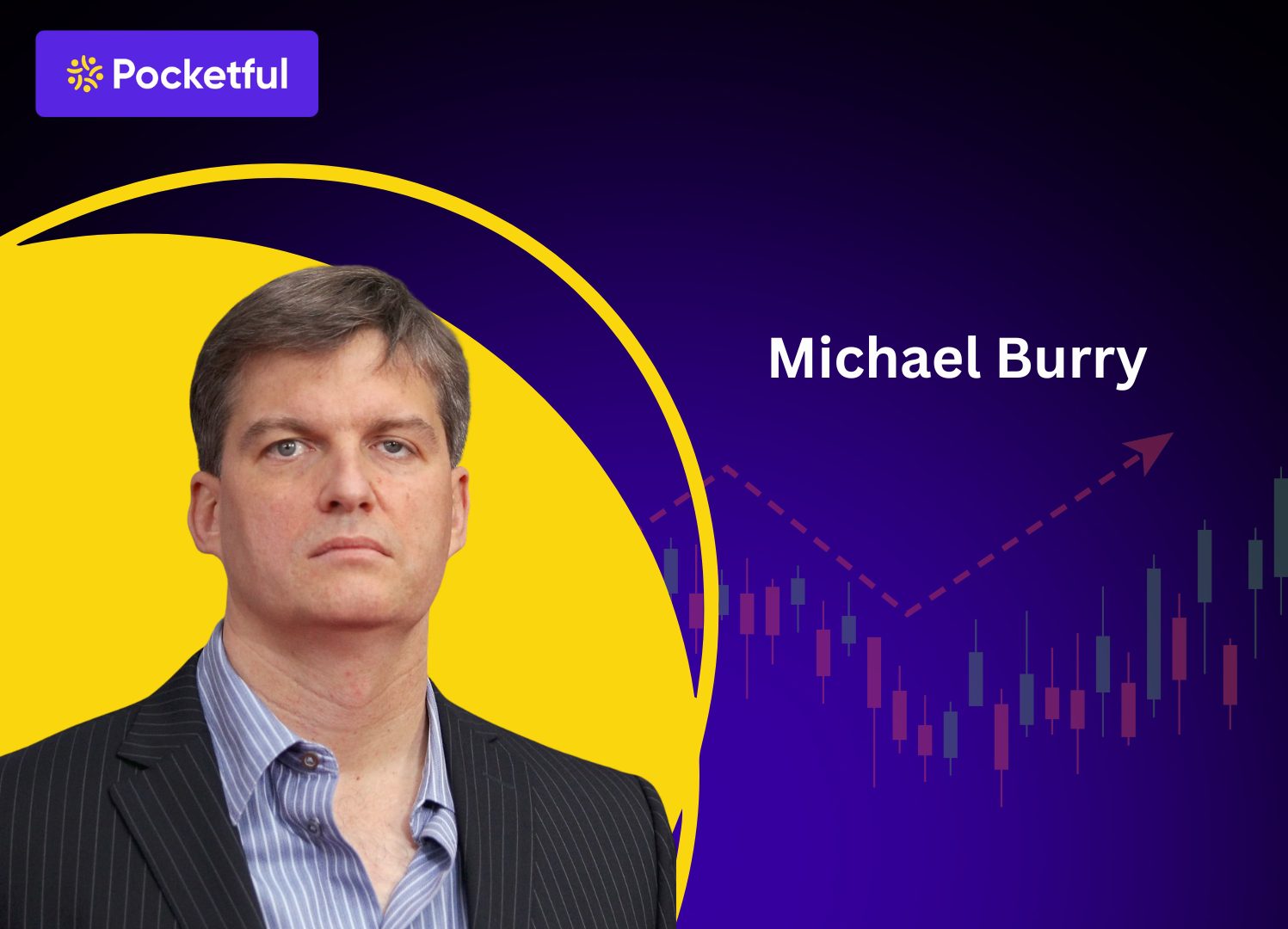
Burry did not come from a traditional finance background but entered finance after graduating as a doctor, but his analytical and deep research skills gave him a different identity in the market. He identified the weaknesses of subprime mortgages in the US housing bubble and earned billions of dollars by betting against mortgage-backed securities.
His investing approach is quite contrarian and deep-value oriented. He often invests in stocks that are undervalued and which the market is ignoring. Even today Burry remains in the news on social media for his bold opinions and sharp market insights.
Michael Burry is rightly called one of the most visionary traders in the world.
Read Also: Types of Traders in the Stock Market: Styles, Strategies & Pros and Cons
What Makes a Top Trader?
Below are some of the characteristics or qualities that makes a top trader:
- Risk Management is Non-Negotiable : The biggest characteristic of every successful trader is his risk management skill. No matter how good the setup, no trade can be profitable without a proper stop-loss and position sizing. Prominent traders always give priority to capital preservation.
- Mastering Trading Psychology : Success in the market is not achieved only by mastering charts and numbers, but controlling your emotions is essential. Fear, greed, and overconfidence – managing all these is the real identity of a pro trader.
- Combination of Strategy and Discipline : Every top trader has his own tested and refined trading strategy: be it trend following, arbitrage or price action. But the strategy works only when it is accompanied by discipline.
- Adaptability to Market Conditions : The market conditions are never static, and it is important to adapt to it. Great traders constantly adapt their approach whether it’s the 2008 crash or the 2020 pandemic rally; adaptiveness is what sets them apart from the crowd.
- It’s Beyond Just Stocks : Top traders not only specialize in equities, but also have diversified exposure to forex, commodities, and now even crypto. This versatility makes their trading approach truly global and well-rounded.
- Patience and Timing : Successful traders know when not to trade. They wait for high-probability setups rather than chasing every move. Patience often separates consistent winners from emotional traders.
- Continuous Learning and Research : Markets evolve every day. The best traders never stop learning – they constantly read, backtest, analyze, and refine their strategies. Continuous learning helps them stay ahead of new trends, tools, and technologies.
- Data-Driven Decision Making : Top traders rely on facts, statistics, and probabilities rather than opinions or rumors. Whether it’s quantitative models or technical setups, every trade is backed by solid reasoning.
Read Also: 10 Top Investors In India And Their Portfolios
Conclusion
The story of every successful trader teaches us that trading is not just a game of charts and figures, but a process of patience, discipline and continuous learning. From these great traders, we can understand that with the right mindset and strategy, anyone can become a successful trader. If you also want to make a career in trading, then learning from their experiences and making your own rules to trade should be the first step.
Frequently Asked Questions (FAQs)
Who is considered the best trader in the world?
People consider George Soros, Jim Simons and Paul Tudor Jones as some of the most successful traders.
Who is the No. 1 trader in the world?
There is no official ranking, but names like Jesse Livermore, Jim Simons, and George Soros are widely considered among the greatest.
Is Warren Buffett a trader or an investor?
Warren Buffet is a long-term value investor, not a trader.
Which is the most important skill to become a good trader?
Risk management and position sizing are the two most important skills to become a successful trader.
What can we learn from top traders in the world?
Patience, risk management, and trusting your own strategy.
Is trading better than investing?
Trading is good for short term profits while investing helps in building long term wealth. The choice depends on your skills, financial goals and risk profile.
Who is called the greatest trader in history?
Jesse Livermore is often called “The Great Bear of Wall Street” for his legendary 1929 short trade.
Can anyone become a top trader?
Yes, success depends on discipline, risk control, and consistent learning.
Who is the most successful stock trader of all time?
Jim Simons is often considered the most successful due to the long-term performance of the Medallion Fund.
Disclaimer
The securities, funds, and strategies discussed in this blog are provided for informational purposes only. They do not represent endorsements or recommendations. Investors should conduct their own research and seek professional advice before making any investment decisions.
Article History
Table of Contents
Toggle